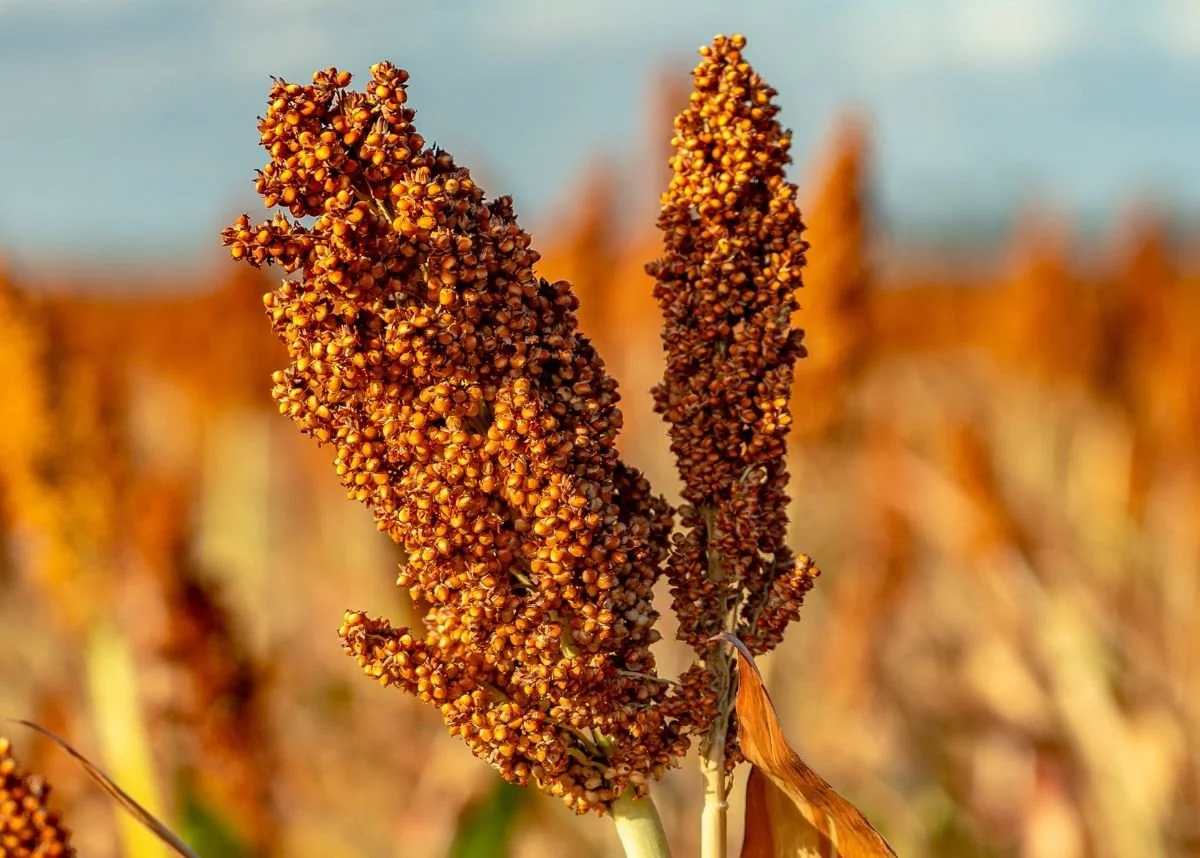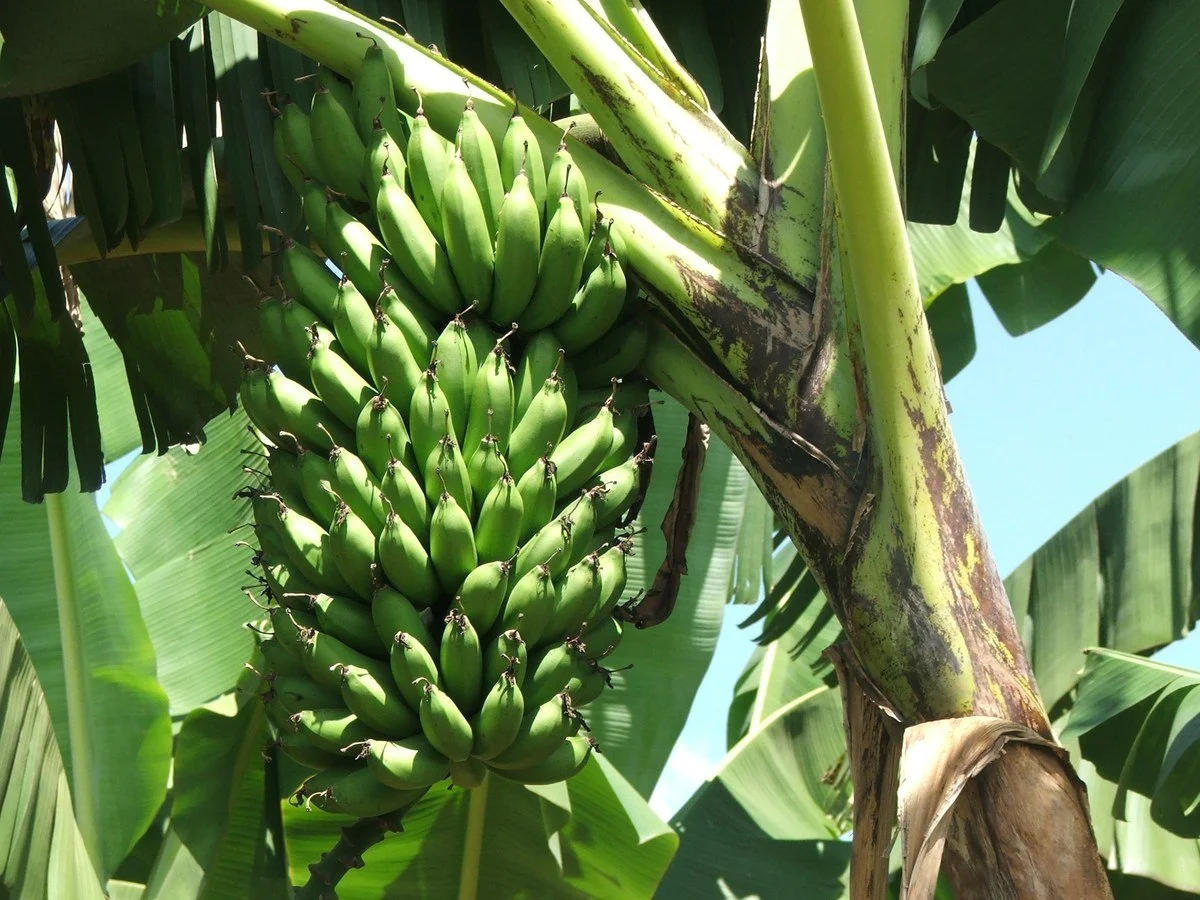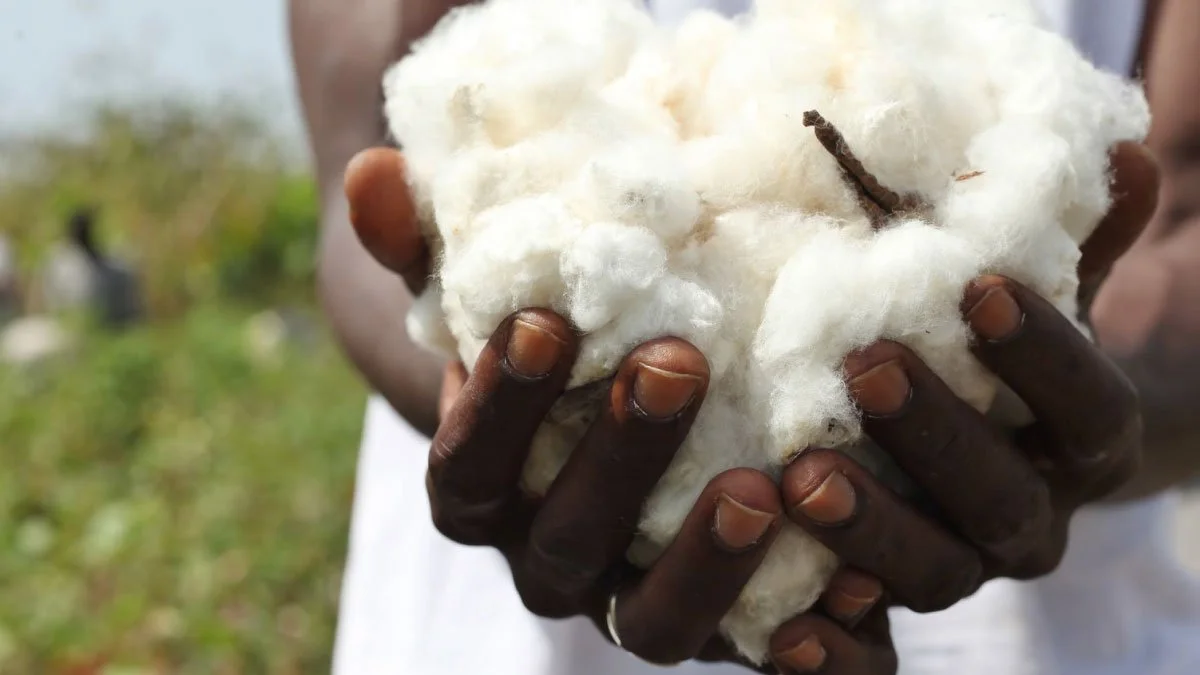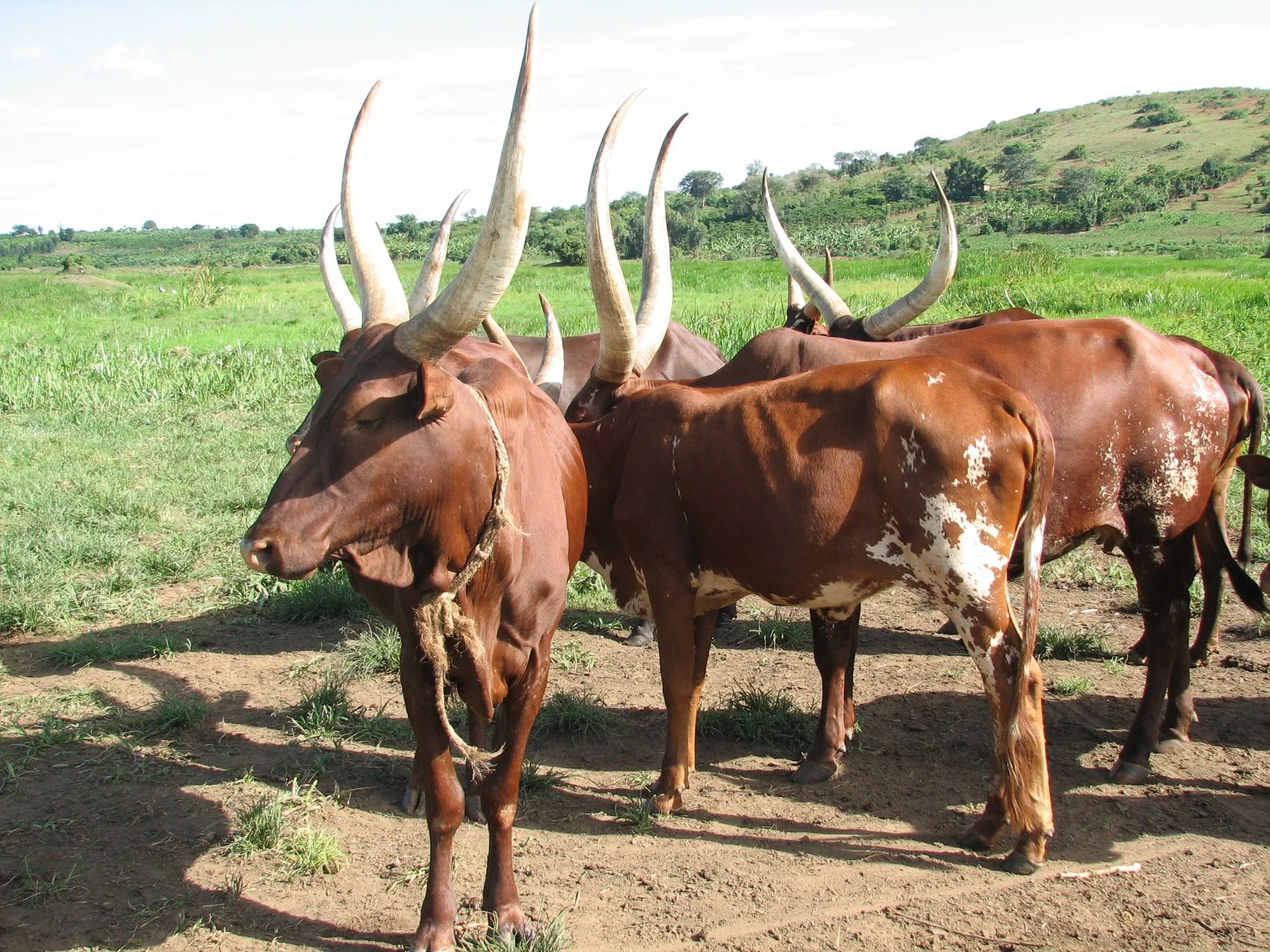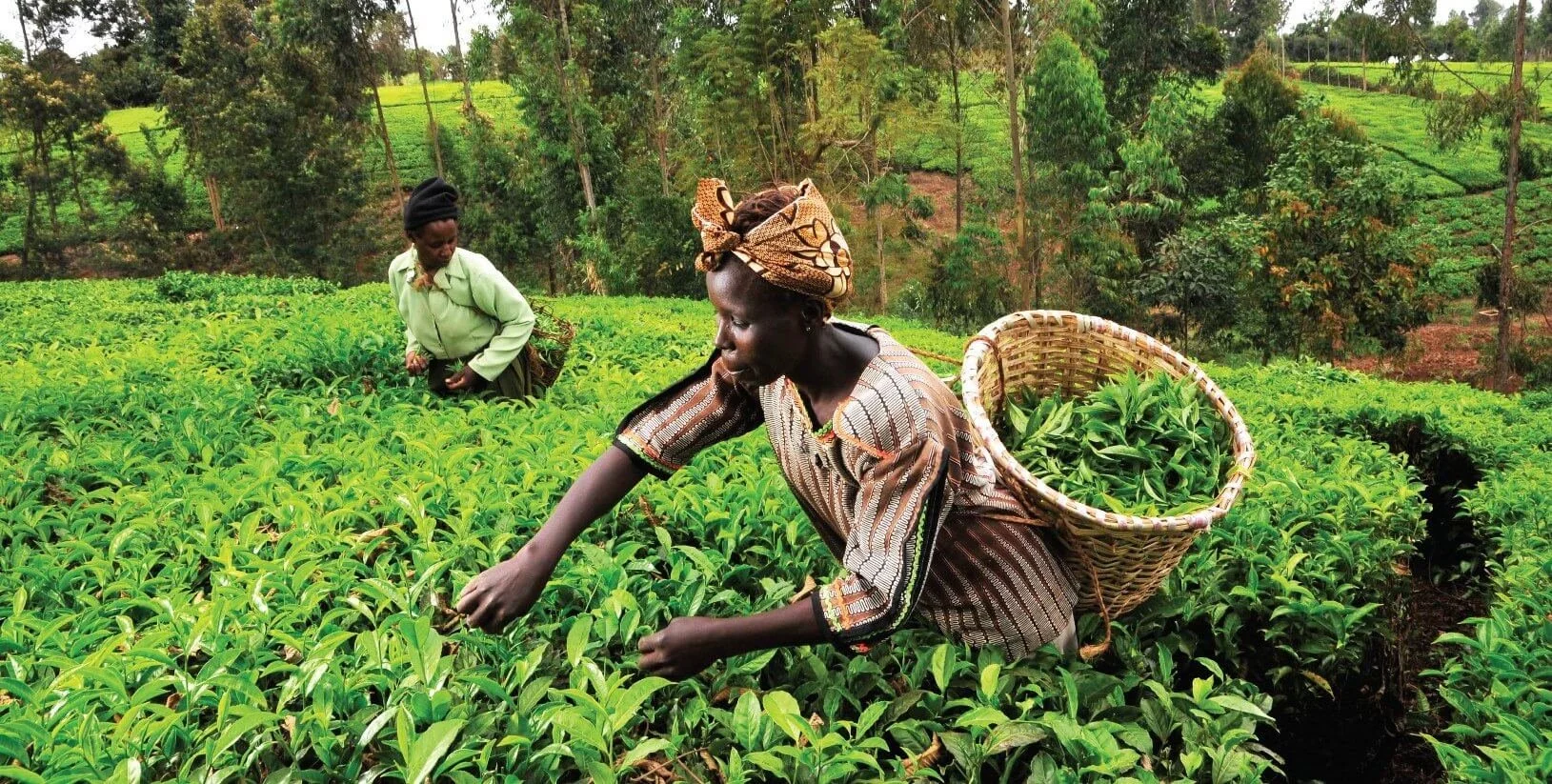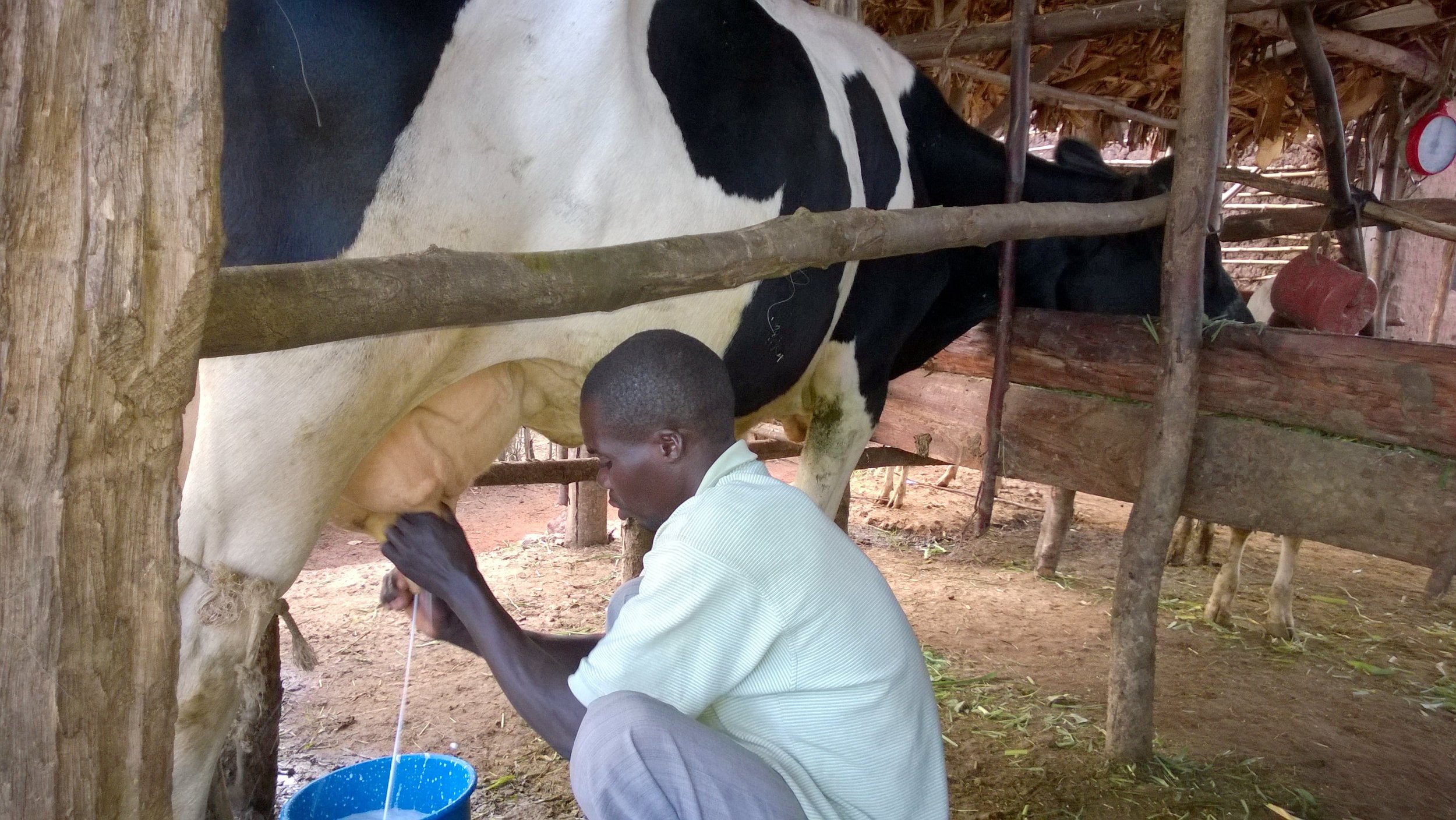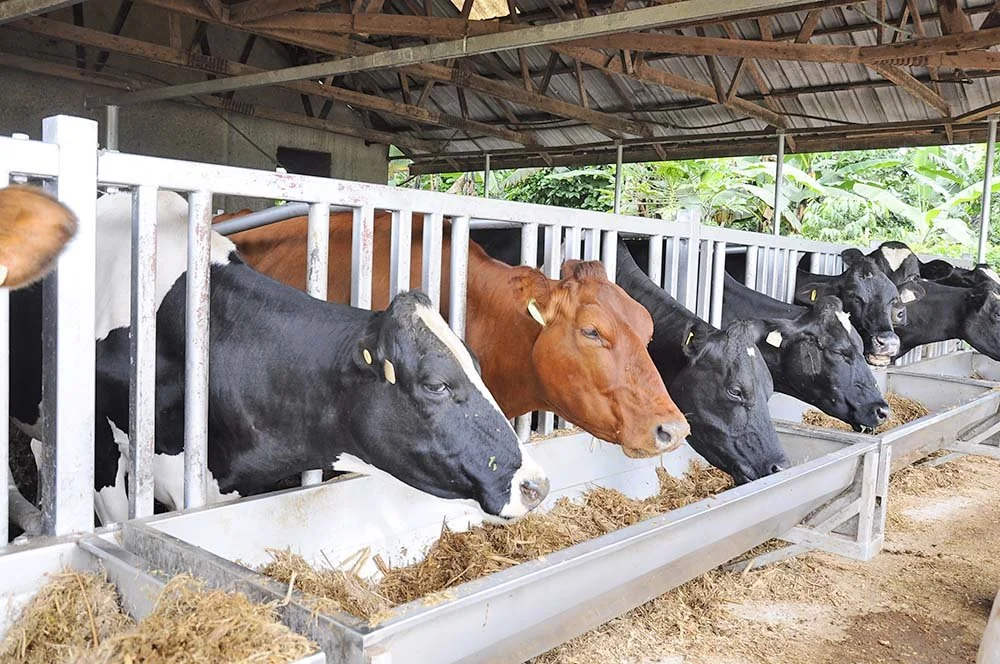Farming In Uganda
Uganda's farming systems are diverse, influenced by climate, geography, and socio-economic factors. The most common systems include intensive banana-coffee systems, annual cropping and cattle systems, and banana-coffee-cattle systems. Subsistence farming, where crops and livestock are raised for home consumption, is also prevalent.
Key Farming Systems in Uganda:
Banana-coffee-cattle systems:
Here, perennial crops like bananas and coffee are the dominant crops for example in Mbarara and Bushenyi.
Afro montane System:
This is practiced in mountainous areas and the major crops grown are Arabic coffee and bananas due to heavy rainfall received for example in Mbale and Sironoko of mountain Elgon, Bundibugyo and Kasese on mountain Rwenzori
Teso System:
Here, mainly cereal crops like millet, sorghum and simsism are grown together with the rearing of Zebu cattle due to moderate rainfall received for example in Kumi, Soroti and Kaberemaido.
Northern cereal cotton-cattle systems:
Here, the major crops grown include seasonal crops like cotton, millet and sorghum due to moderate rainfall received and soils of medium productivity for example in lira, Gulu and Kitgum.
Plantation Agriculture:
Large-scale farms using scientific methods and mechanization, such as sugarcane plantations in Lugazi, Kinyara, Kakira, and Sango Bay, and tea plantations in Mityana, Bunyoro, Kyagwe, and Toro.
ARABLE FARMING IN UGANDA
Arable farming is the growing of crops either for subsistence or commercial purposes. Subsistence arable farming is divided into shifting cultivation; bush fallowing and small holding farming a d commercial arable farming is divided into plantation farming, irrigation farming and market gardening.
CASH CROP GROWING IN UGANDA
Some of the main traditional cash crops of Uganda include; tea, cotton and tobacco. Coffee forms a major source of revenue for the country since it dominates the exports in terms of value
IRRIGATION FARMING IN UGANDA
Irrigation farming is the artificial application of water to crops in semi-arid and arid areas to supplement to the natural rain water.
Examples of irrigation schemes in Uganda include Doho in Butalaja and Kibimba tilde in Bugiri for rice, Mubuku irrigation scheme for vegetables like onions and cabbages Kakira sugar plantation in Jinja and lugazi sugarcane plantation in Buikwe for sugarcanes, Olwenyi in lira, Acoro in kitgum, Atera in Apac and Odina in Soroti..
DAIRY FARMING IN UGANDA
Dairy farming is the rearing of livestock especially cattle for milk production. Current status of the livestock industry of Uganda.
- The industry is not well developed compared to other sectors. However, the dairy farming is increasing under government policies of plan for modernization of agriculture (PAM)
- Modern technology/scientific methods are being employed in dairy farming activities.
- Most dairy farms are managed by private individual for example Jessa farm in Wakiso.
- The dairy industry is managed by dairy Development Authority (DDA)
- There is increased processing of dairy products for local and external markets to reduce on post-harvest losses and value addition.
- The major dairy farms in Uganda include; Jesa Farm and Muyomba Dairy farm in Wakiso, Beatrice farm in Farm in Kabaale farm in Mbale, Rubona farm in kabarole.
COFFEE GROWING IN UGANDA
Current status of coffee growing in Uganda
Uganda majorly produces two kinds of coffee that is; Robusta and Arabic coffee also known as mountain coffee.
Over the years, Robusta coffee has been procured in much more wuantities compared to Arabic coffee. Robusta coffee is grown in lowland areas which receive heavy rainfall of above 1000mm per annum such as Mukono, Buikwe , Masaka, Luwero, Wakiso, Mityana and Mubende.
Arabic coffee is grown in highland areas like mbale, Manafwa, Sironko and Bududa on mountain Elgon and kasese and Bundibugyo on mountain Rwenzori.
The Uganda coffee Development Authority has been formed to manage the production and marketing of coffee.
Many factories have been set up to establish coffee in Uganda
Coffee growing is mainly dominated by private farmers, buyers and processing companies like KAWACOM.
Coffee is mainly produced foe export.
The areas where coffee is grown in Uganda include; Mukono, Buikwe, Wakiso, Masaka, Mubende, Mityana, Kayunga , Nakaseke and Luweere for Robusta coffee
Mbale, Manafwa, Bududa, Sironko, kasese and Bundibugyo for Arabica coffee.
Tea growing
Tea is the third foreign exchange earner in Uganda
It is mainly grown on plantations like Kasaku tea estate in Buikwe, Finlay’s tea estate in Bushenyi and kabarole, Rwenzori and Rukunjiri.
Tobacco growing in Uganda
Tobacco growing is supervised by British Americam Tobacco (BAT) in areas like Arua, Moyo,Gulu, Kitgum, Hoima, Masindi
PLANTATION AGRICULTURE IN UGANDA
Plantation agriculture is the growing of one or two perennial crops like tea, sugarcane, and coffee on a large scale using scientific methods of farming and mainly for commercial purposes.
Examples of plantations in Uganda include Kasaku tea estate in Buikwe, Lugazi sugarcane plantation in Masindi, Finlay’s tea estate in Bushenyi, Rwenzori product tea estate in Kabarole and Kaweeri coffee plantation in Mubende.
MARKET GARDENING
Market gardening is the intensive growing of crops such as fruits, flowers and vegetables near market centres such as such as urban areas, industrial centers and mining areas.
Market gardening in Uganda is practiced in areas like Kampala with tomatoes and mangoes, Entebbe with flowers, kabala with cabbages, apples and oranges, Mbale with tomatoes, oranges and cabbages.
Nomadic pastoralism
Nomadic pastoralism is a form of rearing animals like cattle, sheep and goats which involves constant movement of farmers from place with their herds in such of water and pasture for their animals.
In Uganda, the system is practiced by the Karamongs of Moroto, Kaabong and Kotido, the Bahima of Mbarara, Lyantonda and Kiruhura, the Sasongora of Kasese and some Iteso of Kumi and Ngora.
Ranching in Uganda
Ranching is the keeping of animals mainly cattle on large scale for beef or milk production and for commercial purposes using modern animal husbandry techniques.
The most important ranching schemes in Uganda include Aswa cattle ranch in Gulu, Maruzi ranch in Apac, Singo ranch in Kiboga, Nyabushozi in Mbarara, Kisozi ranch in Gomba, Kajara cattle in Mbarara, Lubbobbo and Ekitangaala ranch Nakasongola.
Zero grazing
This is a method of farming in which few cattle are fed in a small area on food supplements like banana peelings, cotton seeds, cotton cakes etc. it is mainly practiced in densely populated areas like Mpigi, Jinja, Kisoro, Kabale, Kampala and Mbale.


